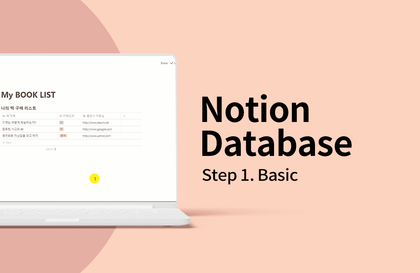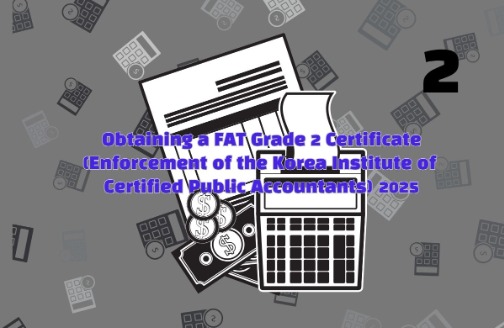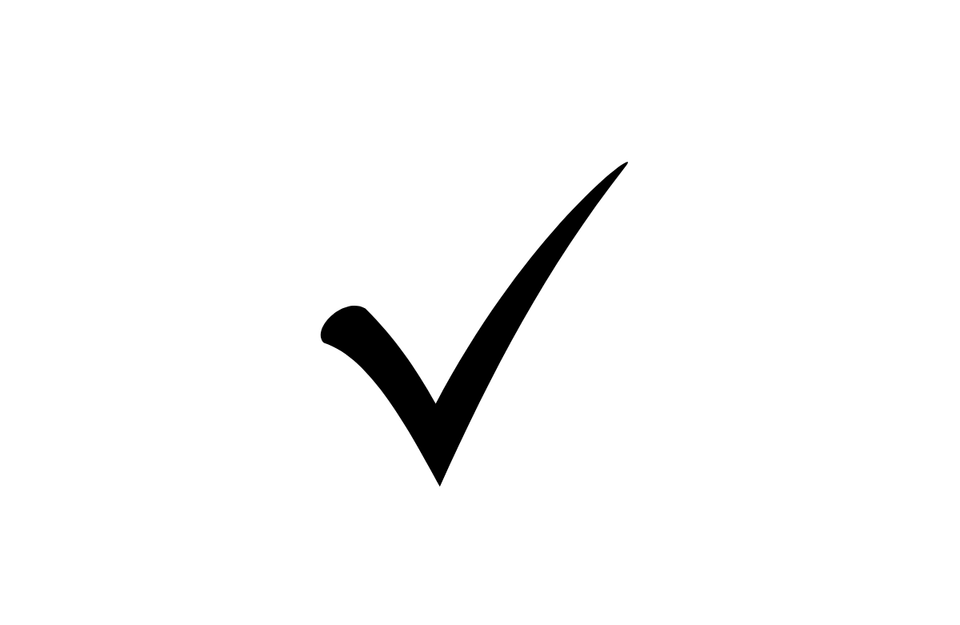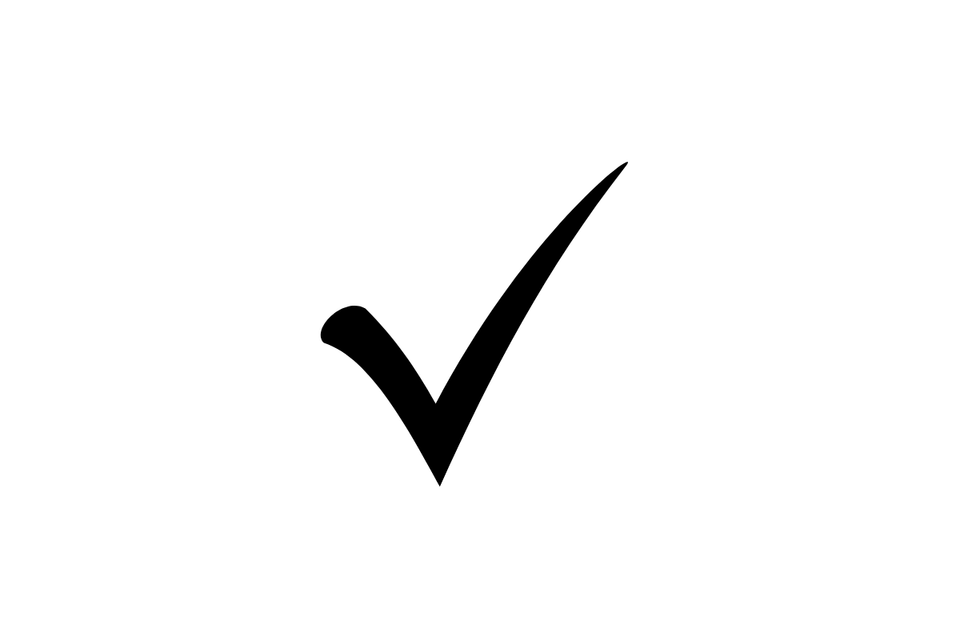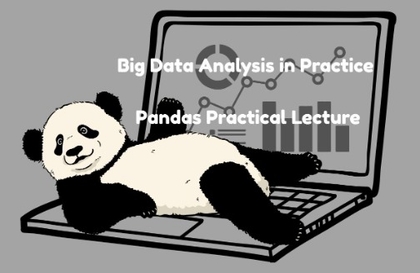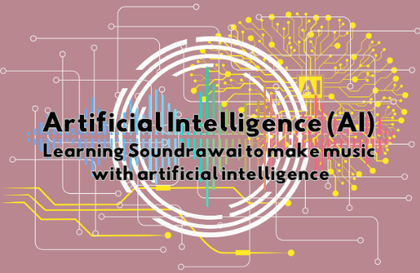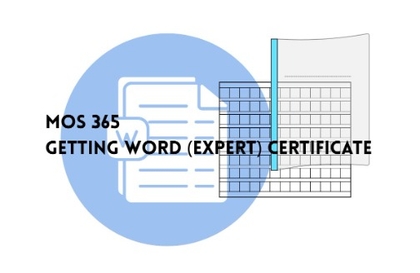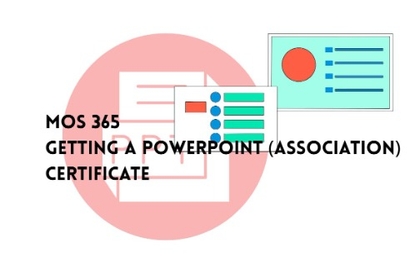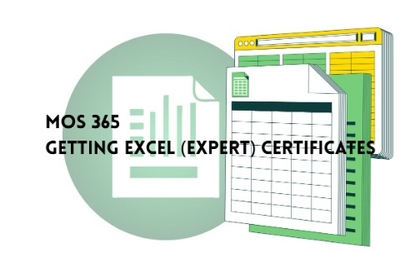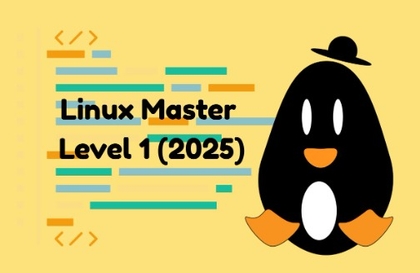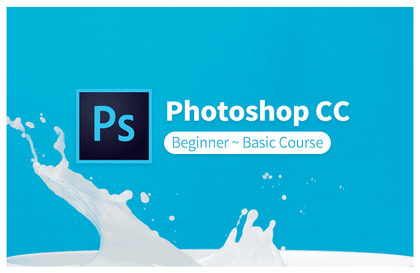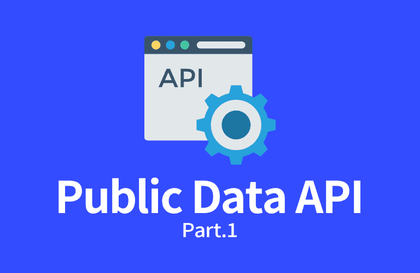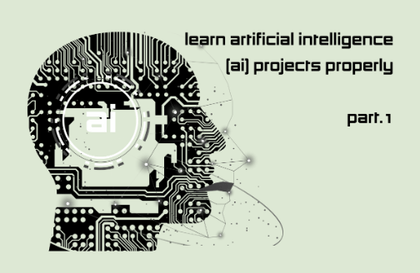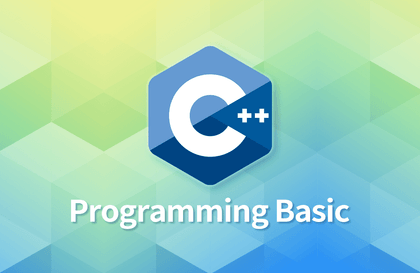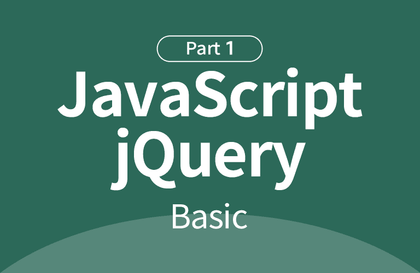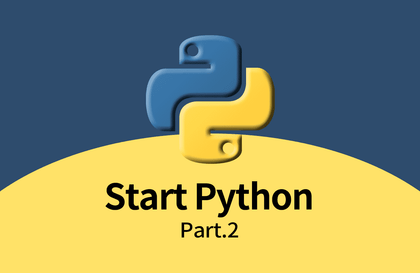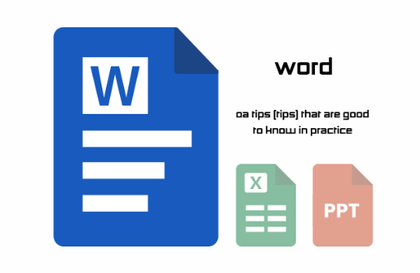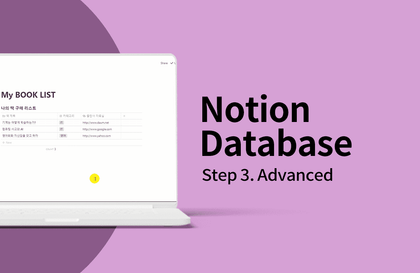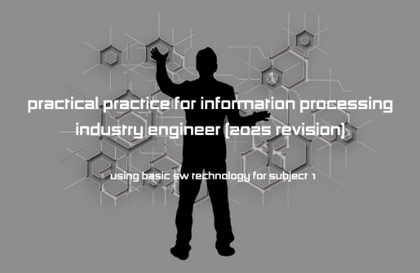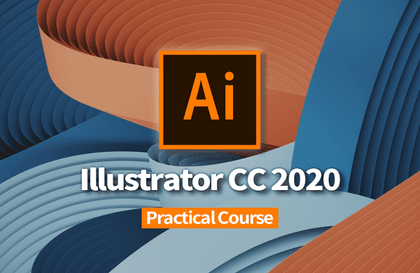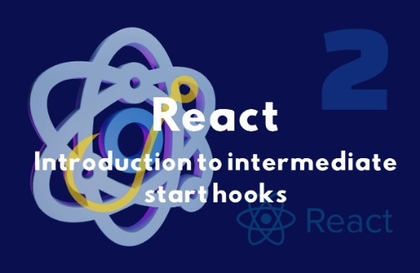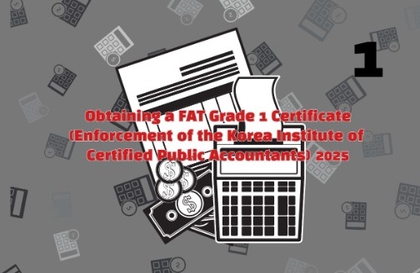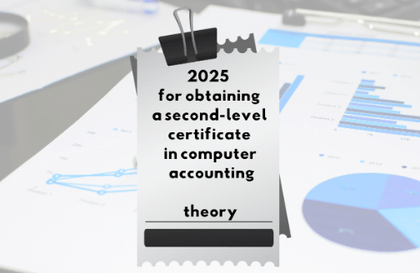This course is designed for all learners, from those just starting with data analysis to those looking to apply it in practical work, to systematically learn the entire process of data processing and visualization using R.
First, in the basic setup stage, we start with installing the development environment and learn how to create DataFrames and Series, building a solid foundation in the fundamentals needed for R programming. Next, we move on to learning core functions, focusing on hands-on practice with the most frequently used features in data analysis such as indexing, slicing, sorting, filtering, and handling missing values.
After building the foundation, we expand to intermediate functions, intensively covering features essential for actual data analysis work such as date and time data processing, groupby operations, data merging (merge, concat), and function application (apply, lambda). Through this, you can develop the ability to handle complex data structures beyond simple data manipulation.
Finally, in the visualization section, we cover various visualization techniques including line graphs, histograms, box plots, and time series graphs to learn how to express data more intuitively. Through visualization, you can also acquire the ability to effectively communicate analysis results.
In particular, this course is structured not to stop at theoretical learning, but to allow immediate application of learned content through various examples and step-by-step practice. Therefore, students can naturally develop practical skills just by following the course and further secure data analysis capabilities that can be applied to actual projects.
